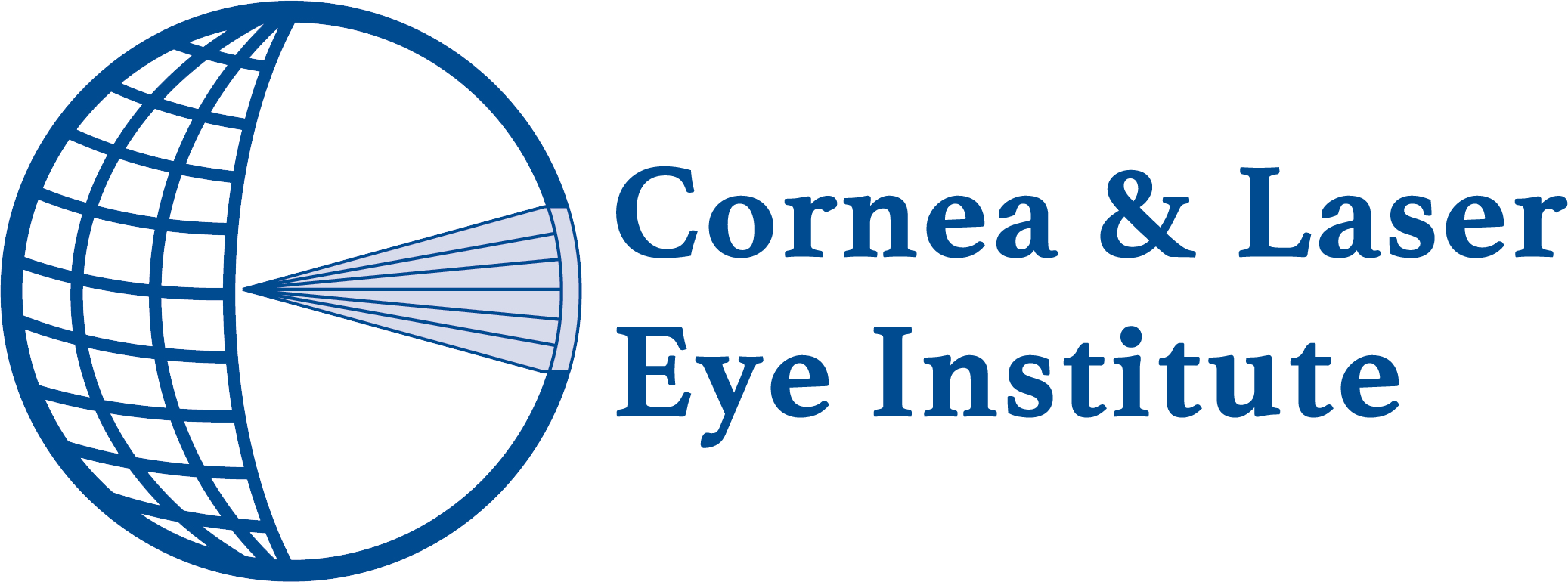
It is that time of year again—Back-to-School season! Millions of parents across the country are rushing to stores to buy the newest school supplies and outfits. While checking off your back-to-school list, don’t forget about an essential aspect of your child’s well-being: their eye health.
You can’t underestimate the importance of ensuring your children have healthy eyes and good vision during the course of their education. Clear vision is essential for academic success at any age. Children are particularly susceptible to vision problems as they grow, making it vital for parents to remain vigilant about their eye health. Early detection of vision issues can help minimize damage and prevent long-term complications.
To ensure your child’s vision stays healthy throughout the school year, consider the following tips:
1. Schedule Regular Eye Exams
Children’s eyes undergo rapid changes due to growth and development, making regular eye exams critical for early detection of potential problems. Vision issues such as nearsightedness, farsightedness, and astigmatism can develop quickly, often without noticeable symptoms. The National Eye Institute (NEI) emphasizes that early intervention is key in treating conditions like amblyopia (lazy eye), which can lead to long-term vision impairment if left untreated. According to an NIH-supported study, nearly 25% of school-aged children have vision problems that can impact their learning and development. Ensuring your child has a comprehensive eye exam before the school year begins can prevent academic struggles related to poor vision.
For example, early identification of myopia in children is crucial for managing its progression and preventing a significant worsening of their prescription as their eyes grow. Since myopia often develops during childhood and can rapidly progress, regular eye exams are essential for detecting early signs. Symptoms such as squinting, frequent headaches, difficulty seeing distant objects, and sitting too close to screens or books may indicate nearsightedness. By diagnosing myopia early, eye care professionals can implement strategies like specialized lenses, atropine eye drops, or lifestyle changes—such as increasing outdoor time—to slow progression and reduce the risk of high myopia later in life. Taking proactive steps can help protect your child’s vision and set them up for long-term eye health.
How often should your child get an eye exam? The American Optometric Association (AOA) recommends that children receive their first eye exam at six months old, another at three years old, and then once before they start school. After that, annual eye checkups are recommended, particularly if a child has existing vision issues.
2. Ensure Protective Eyewear for Sports and Outdoor Activities
Sports and outdoor activities are an essential part of childhood development, but they also pose a risk for eye injuries. Sports-related eye injuries account for tens of thousands of emergency room visits each year in the United States. Many of these injuries can be prevented by wearing protective eyewear designed for sports.
If your child plays contact sports such as basketball, soccer, football, baseball, or hockey, it’s crucial to invest in protective eyewear made of polycarbonate lenses. These lenses are impact-resistant and provide an additional layer of safety against injuries caused by flying objects, accidental elbow strikes, or collisions.
Beyond sports, protective eyewear is also essential for activities like science experiments and shop class, where exposure to chemicals or debris can harm the eyes. Teaching your child the importance of wearing appropriate eyewear can prevent serious eye damage.
3. Know Your Family’s Eye Health History
Genetics play a significant role in eye health. Many common vision conditions, including nearsightedness (myopia), farsightedness (hyperopia), astigmatism, and amblyopia, have hereditary components. If your family has a history of wearing eye glasses at a young age or requiring a significant glasses prescription to correct their vision, it is important to inform your child’s eye doctor during their exams. . Understanding the genetic link allows eye doctors to monitor for early signs and recommend corrective measures such as specialized eyeglasses or vision therapy to slow progression.
If genetic eye diseases are common in your family, such as keratoconus, glaucoma, macular degeneration, or early-onset cataracts, be extra proactive in scheduling regular checkups and monitoring any signs of trouble in your child’s vision.
4. Watch for Signs of Vision Problems
Children may not always recognize or communicate that they are having trouble seeing. This makes it essential for parents and teachers to be aware of signs that could indicate a vision issue. Some red flags to watch for include:
- Frequent squinting when reading or looking at distant objects.
- Complaints of headaches or eye strain after doing schoolwork or using digital devices.
- Holding books or screens too close to their face while reading or watching videos.
- Difficulty concentrating or avoiding activities that require close-up vision, such as coloring or puzzles.
- Frequent eye rubbing or excessive blinking.
- Sudden drop in academic performance, especially in reading or writing.
If your child exhibits any of these symptoms, schedule an eye exam promptly. Addressing vision issues early can prevent them from interfering with learning and daily activities.
Additional Tips for Protecting Your Child’s Eye Health
Beyond regular eye exams and protective eyewear, here are additional ways to keep your child’s eyes healthy:
- Limit screen time: Limiting your child’s screen time can prevent eye strain and digital eye fatigue.
- Encourage outdoor play: Research suggests that increased outdoor time may slow the progression of myopia in children.
- Promote a nutritious diet: Foods rich in vitamin A, C, and omega-3 fatty acids—such as carrots, leafy greens, and fish—support eye health and vision development.
- Ensure proper lighting for reading and studying: Poor lighting can contribute to eye strain and discomfort.
Conclusion
As children head back to school, prioritizing their eye health is just as important as checking off school supplies from your shopping list. Regular eye exams, protective eyewear, awareness of family history, and vigilance in detecting signs of vision issues can go a long way in ensuring your child’s success in the classroom and beyond.
By taking these simple yet effective steps, you can help protect your child’s vision and give them the best possible foundation for learning. Schedule an eye exam today and make eye health a top priority this school year!



